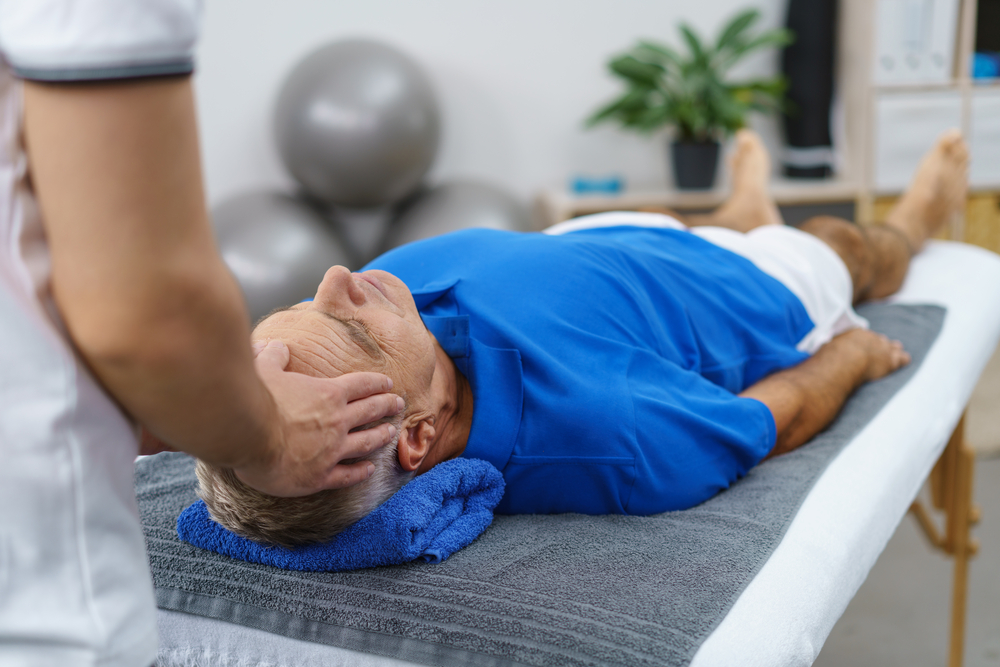Kinesio Taping for Headaches
Migraines are severe headaches that generally last from a few hours to a few days depending on the patient. Symptoms include pain on one side or both sides of head, dizziness, sensitivity to light, blurred vision, nausea and vomiting. Migraines can be very severe and caused by numerous things such as: hormonal changes especially in women when estrogen levels change, alcohol consumption, increased stress levels, changes in weather, medication usage, environmental changes and changes in diet. Many patients suffer from migraines and may see a Physical Therapist to address pain, weakness, poor posture, tension and stiffness. Physical Therapists will use a combination of modalities, manual techniques, soft tissue massage, myofascial release and therapeutic exercise to address the migraines. Additionally some therapists trained in kinesio-taping may want to implement taping to combat the migraines.

How Can Kinesio Taping Help?
Kinesio-tape can be used to treat headaches/migraine pains by creating stability for neck musculature and improving postural alignment. Many of the muscles of the neck and of the upper back can be catalysts to influence the frequency or severity of migraines. These muscles include: upper trapezius, levator scapulae, scalenes, sub-occiptal muscles, rhomboids, and paraspinal muscles. Kinesio-tape can be used to inhibit muscles that may be over-active to decrease tension and stress or it can be applied to activate postural muscles that may be weak or over stretched.
A skilled Physical Therapist will assess the patient and gather information to determine which technique would be best suited for each patient to address the deficits. Following the assessment, kinesio-tape will be applied appropriately to address weakness or tension and provide the support to improve posture and muscle balance. Kinesio-tape is a really great technique because it is easy to apply, lightweight, waterproof and can be worn for a few days without any difficulty. Patients will find the tape to be supportive and easy to wear while performing everyday activities. Patients need to be aware of any skin changes or irritation while wearing the tape. If any of these symptoms are to appear, the patient should immediately remove the tape and let the skin calm down.

